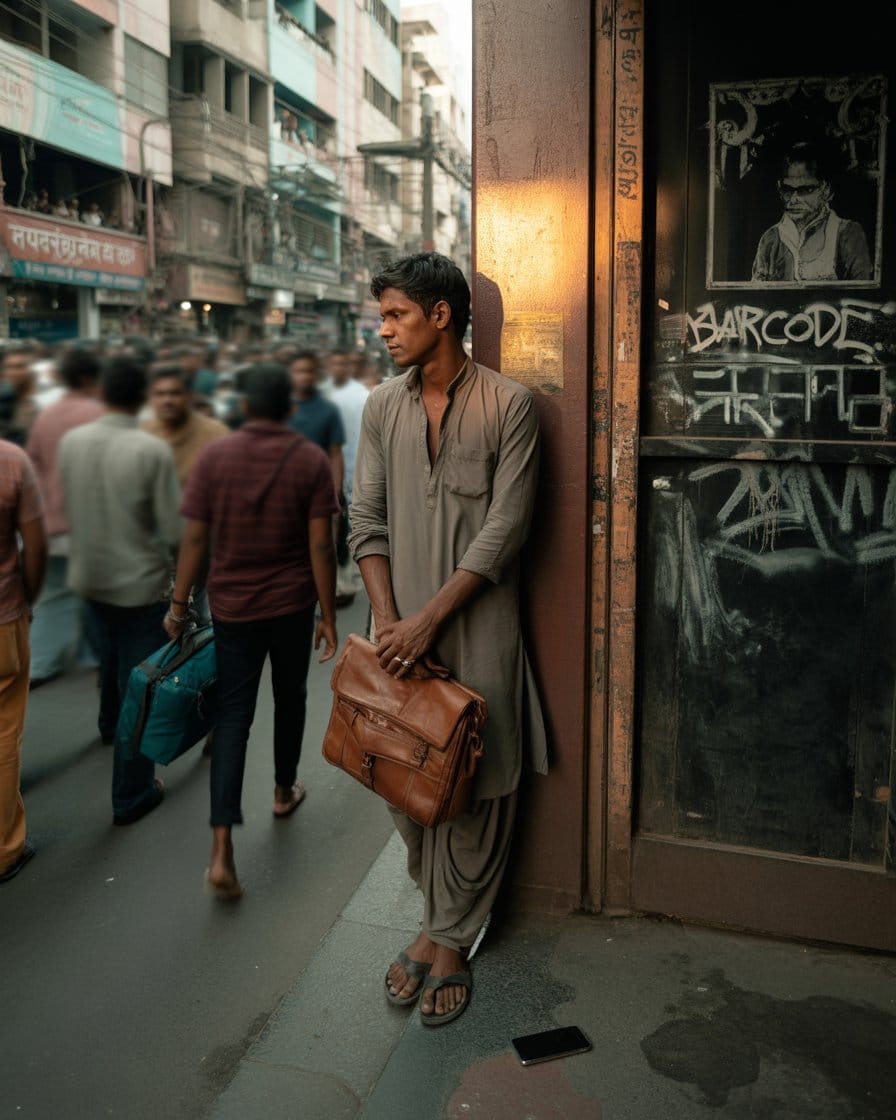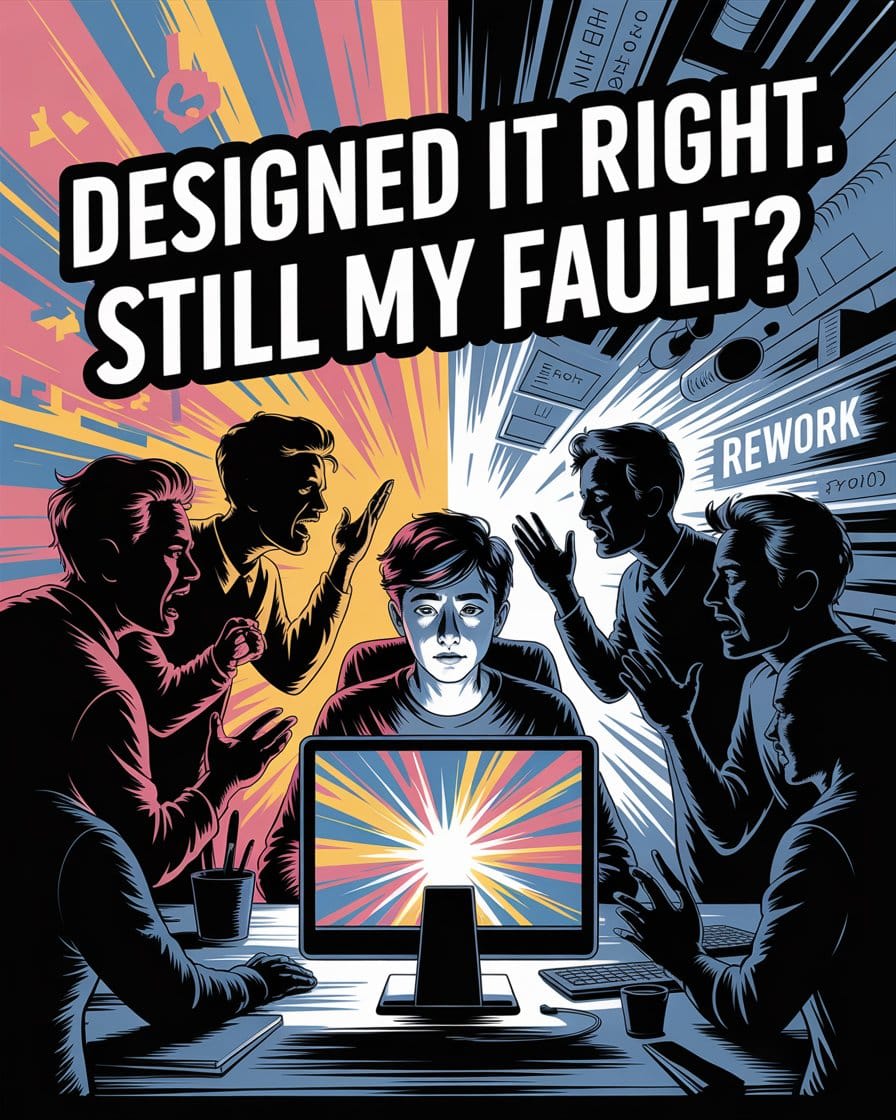Breaking Barriers: A Journey Towards True Gender Equality

In today's dynamic world, the pursuit of gender equality isn't just a trend; it's a fundamental human right. Despite significant strides forward, achieving genuine equality remains a journey fraught with challenges. This exploration delves into the complexities surrounding gender equality, shedding light on both the progress and persistent barriers that continue to shape our society.
Embracing Progress: Rays of Hope
A notable achievement in recent times is the growing awareness and advocacy for gender equality. Movements like #MeToo and HeForShe have sparked global conversations, bringing issues of gender discrimination and harassment into sharp focus. These movements have catalyzed tangible changes, fostering stricter workplace policies and societal norms that prioritize respect and fairness.
Education has emerged as a powerful catalyst for change. More women today are breaking barriers in education, empowering themselves to pursue diverse career paths and leadership roles. This shift challenges traditional gender roles, paving the way for greater participation and contribution by women in every sector of society.
Lingering Challenges: Shadows on the Path
Despite strides, significant challenges persist. The gender wage gap remains a stark reality, where women often earn less than their male counterparts for similar work. This disparity not only undermines financial independence but also perpetuates broader societal inequalities.
Another critical issue is the underrepresentation of women in leadership positions. While women have made gains in entering the workforce, they frequently encounter glass ceilings that hinder their advancement to senior roles. Structural barriers, biased perceptions, and limited support systems contribute to this persistent imbalance.
Cultural stereotypes and societal expectations also pose formidable obstacles. Women are often pressured to prioritize caregiving and domestic responsibilities over career aspirations, while men face rigid norms of masculinity that discourage deviation from traditional roles. These entrenched stereotypes limit individual potential and reinforce gender disparities in various facets of life.
Beyond Binary Boundaries: A Nuanced Perspective
Achieving true gender equality requires recognizing and addressing intersectionality—the complex interplay between gender and other social identities such as caste, class, and ethnicity. This intersectional approach acknowledges that individuals face unique challenges based on their multiple identities, necessitating tailored solutions to address diverse realities.
Efforts towards gender equality sometimes encounter resistance and misunderstanding, with some perceiving such initiatives as threats to cultural norms. This resistance can manifest in various forms, including societal backlash and institutional inertia, which impede progress towards equality.
Tokenism, where women are superficially elevated to positions of influence without genuine empowerment, also undermines progress. Genuine change requires dismantling systemic barriers and empowering women with meaningful opportunities to lead and effect substantial change in their communities and workplaces.
Building Bridges to Equality: A Path Forward
Realizing true gender equality demands a multifaceted approach. Challenging stereotypes is essential. Encouraging both men and women to defy traditional gender roles fosters a more inclusive society where individuals can pursue their aspirations without arbitrary constraints.
Implementing policies that support work-life balance is crucial. Measures such as flexible working arrangements, affordable childcare options, and parental leave for all genders enable individuals to thrive professionally while fulfilling personal responsibilities.
Education and awareness play pivotal roles in reshaping societal norms and fostering a culture of respect and equality. Schools and workplaces can promote gender sensitivity through educational programs and policies that promote inclusive practices.
Supporting grassroots movements and local initiatives is vital in addressing community-specific challenges and driving bottom-up change. Empowering diverse voices ensures that gender equality efforts are inclusive and reflective of the unique needs and aspirations of all individuals.
Conclusion
Gender equality is not a finish line but an ongoing journey towards a fairer and more inclusive society. While progress has been made, persistent challenges necessitate continued commitment and action. By dismantling barriers, challenging stereotypes, and fostering inclusive practices, we can create a world where everyone, regardless of gender, has equal opportunities to thrive and contribute. Let us continue to break barriers and build a future where gender equality is not just a dream but a lived reality for all.



